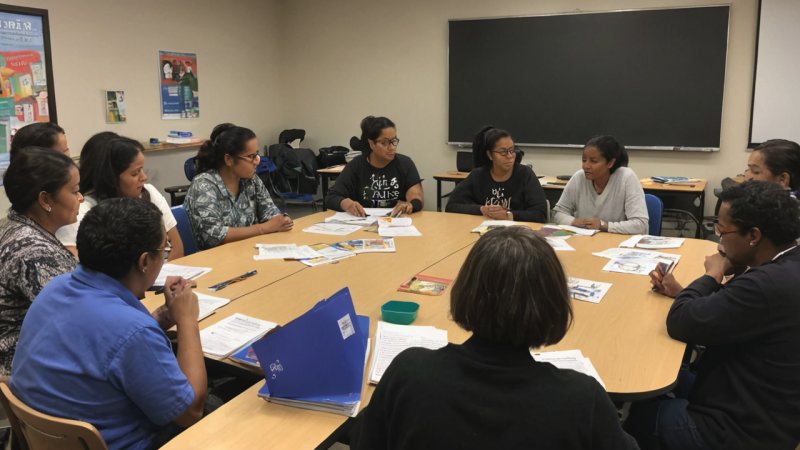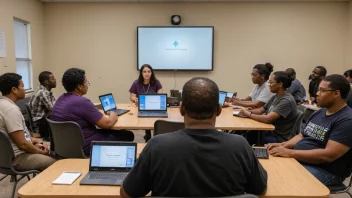Literacy is an essential building block for individuals and communities, enabling people to engage fully in society. In many developing countries, literacy rates remain alarmingly low, hindering socioeconomic progress. Launching literacy initiatives can help combat this issue and empower individuals. Here’s a step-by-step guide to launching successful literacy programs in communities.
1. **Conduct a Community Needs Assessment**: The first step in creating a literacy initiative is to conduct a thorough assessment of the community. Identify current literacy rates, demographic information, and specific challenges that residents face regarding education. Engaging with local leaders and conducting surveys can provide valuable insights to inform your program.
2. **Set Clear Objectives**: Define clear, measurable objectives for your literacy initiative. Determine whether the goal is to increase basic literacy skills, provide adult education, or offer language instruction. Having specific targets will help guide your program development and evaluate success.
3. **Develop Partnerships**: Building partnerships with local organizations, schools, and government agencies can enhance your literacy initiative. Collaborating with these entities can provide additional resources, expertise, and community support. Consider hosting informational meetings to discuss your goals and seek their involvement.
4. **Create an Inclusive Curriculum**: Design a curriculum that is inclusive and tailored to the community’s needs. Include materials that reflect the local culture, languages, and experiences. Focus on practical skills that participants can apply in their daily lives, such as financial literacy, health literacy, and vocational training.
5. **Recruit and Train Educators**: The success of any literacy initiative hinges on the quality of instruction. Recruit local educators or volunteers who are passionate about teaching and familiar with the community context. Provide training on effective teaching methods, especially for working with diverse learners and adults.
6. **Foster a Supportive Learning Environment**: Create a welcoming and supportive environment for learners. Choose a safe and accessible location for classes, such as community centers or schools. Ensure that all necessary materials, such as books, writing tools, and learning aids, are available to participants.
7. **Engage Participants and Families**: Encourage active participation from learners and their families. Organize workshops, mentorship programs, or family literacy nights to foster a culture of learning. Engaging families can help reinforce the value of education and increase participation rates.
8. **Measure Impact and Adapt**: Establish mechanisms for ongoing evaluation of the program’s effectiveness. Collect feedback from participants, assess learning outcomes, and track progress over time. Use this data to adapt and improve the program, ensuring it remains relevant and impactful.
9. **Promote Community Awareness**: Raise awareness about the importance of literacy within the community. Organize events, campaigns, or discussions to highlight success stories and the benefits of literacy. Building community support can lead to greater participation and investment in educational initiatives.
In conclusion, launching literacy initiatives in developing countries requires careful planning and community engagement. By following these steps, you can create a program that empowers individuals, strengthens communities, and fosters a culture of learning. Literacy is not just a skill; it is a pathway to opportunity and social equity, and your efforts can help pave the way.
Steps to Launch Literacy Initiatives in Communities
Launching literacy initiatives is vital for empowering individuals and communities, particularly in developing countries where literacy rates are low.






